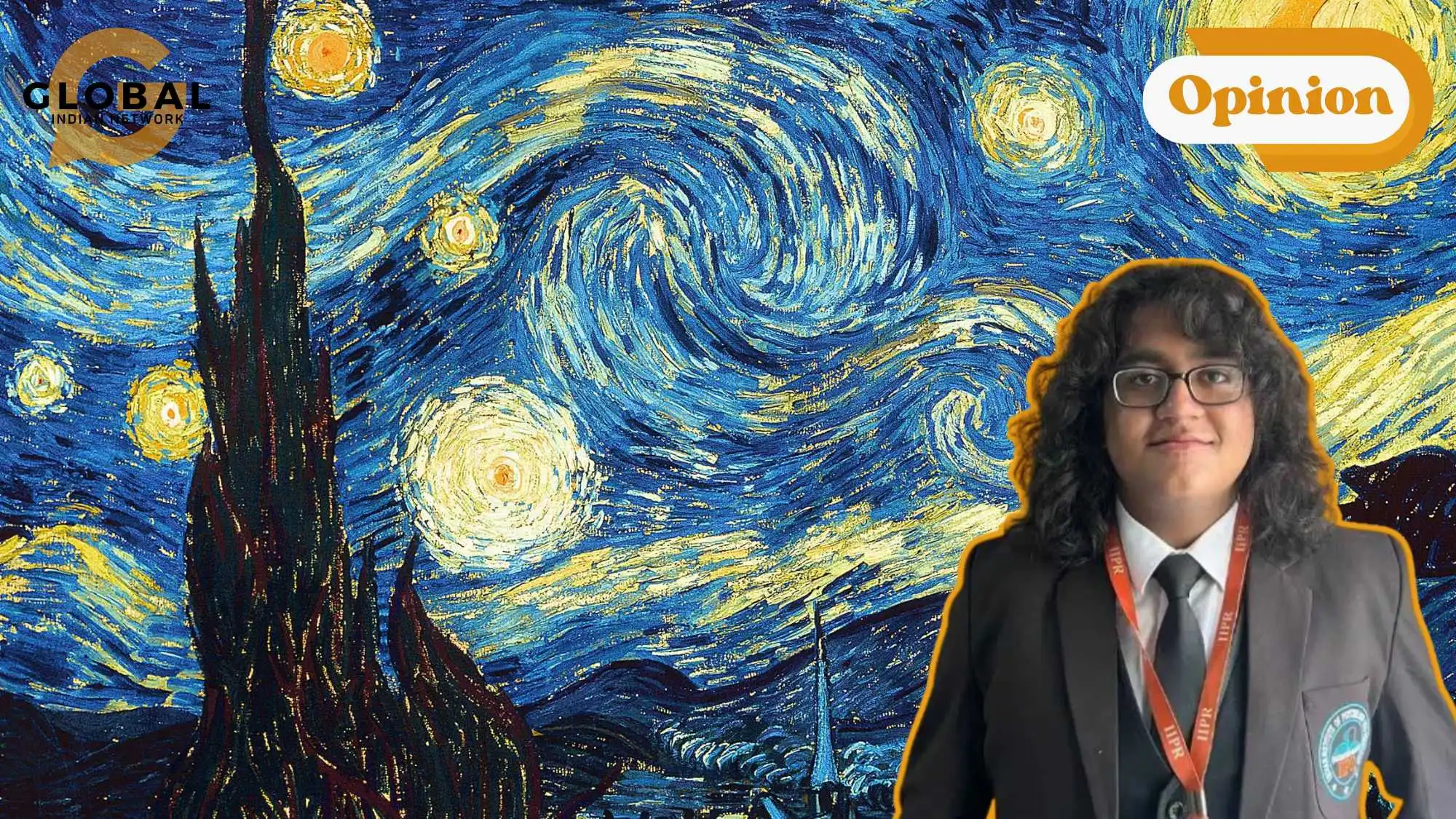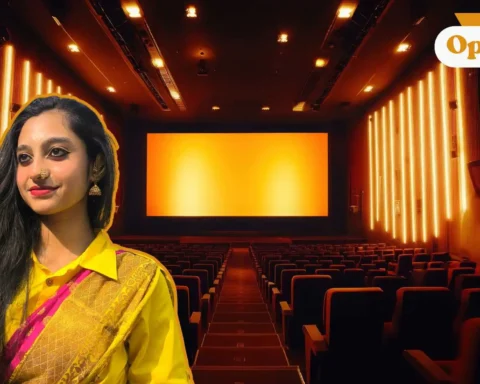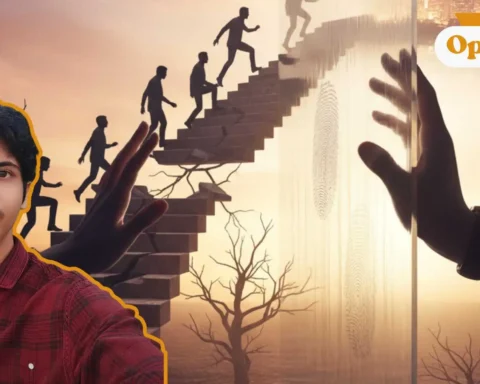Madness—the word in itself is a realisation of the chaos it induces. To define madness accurately is too feeble an attempt, for it is simply the act of being irrational and indecipherable, to be misunderstood by no one and everyone all at once. The descent into madness is viewed as purgatorial in all but one facet of life: art.
Art is perhaps one of humanity’s earliest virtuosities. Long before mankind learned how to build cities or establish civilisations, the genius of art has haunted us, from the caves of yore to the pristine institutions of today. The ineffable nature of art stems from the innate creative power of the artist, the ability to be so original and instinctually irrational that the creation ascends all familiarity and reaches into the realms of madness.
Ever since the genesis of the term ‘Madness’, there has been a great interest in the association between creativity and insanity. Throughout history, numerous artists have teetered the edge of insanity and creativity; Van Gogh, Sylvia Plath, and Friedrich Nietzsche come to mind. This struggle has often influenced their creative output; from the tortured brilliance of Vincent van Gogh to the haunting verses of Sylvia Plath, these troubled minds have left an indelible mark on the artistic landscape. Their works resonate precisely because they emerge from the depths of human experience, where reason and madness intertwine.

The works of these troubled minds have made the world ponder, does art lie within madness?
The answer to this question, unfortunately, lies irresolute. Various researchers and theorists have found links between a tendency for mental illness and direct creative output; psychologist James C Kaufman found a correlation between depression and creativity. A 10-year study conducted by Dr. Arnold M. Ludwig, a University of Kentucky professor of psychiatry, found that psychiatric disturbances are much more commonly found in artists than in people who hold regular vocations. However, despite the fascination of researchers on the subject, there has been no established connection between the two due to the difficult subjective nature of both these terms.
When an artist conceptualises any art, they prepare to impart a piece of their mind to the world to invoke a new perspective in the viewer from within their mind. Creativity, like madness, emerges from a place of chaos. When an artist stands before a blank canvas or a pristine sheet of paper, they tap into their subconscious mind—the wellspring of originality. It is here that the irrational becomes tangible, and the artist’s hand moves in sync with their innermost thoughts. The act of creation transcends the mundane, reaching into the realms of the inexplicable.
Artists channel their inner chaos into their creations. The canvas becomes a confessional, the brushstroke a cathartic release. Whether through vivid colours, haunting melodies, or poignant prose, artists transform their pain into something beautiful. In this act of creation, they find solace—a way to navigate the labyrinth of their minds. Since creativity and the subsequent artistic ability, along with madness or insanity, are both products of the subconscious intellect, it is inescapable that both coalesce.
While there exists little evidence that links creativity and mental illness, the true interplay remains elusive. Perhaps it is precisely this enigma that fuels art- the delicate dance between brilliance and chaos. “Madness is a gift from the gods”, as Plato put it, and an abundance of artists from all over time would be destined to agree.
Let us know your thoughts in the comment section below. If you have any burning opinions or ideas to share, feel free to contact us at larra@globalindiannetwork.com.











Oh wow what did I just read!!! So exciting!!